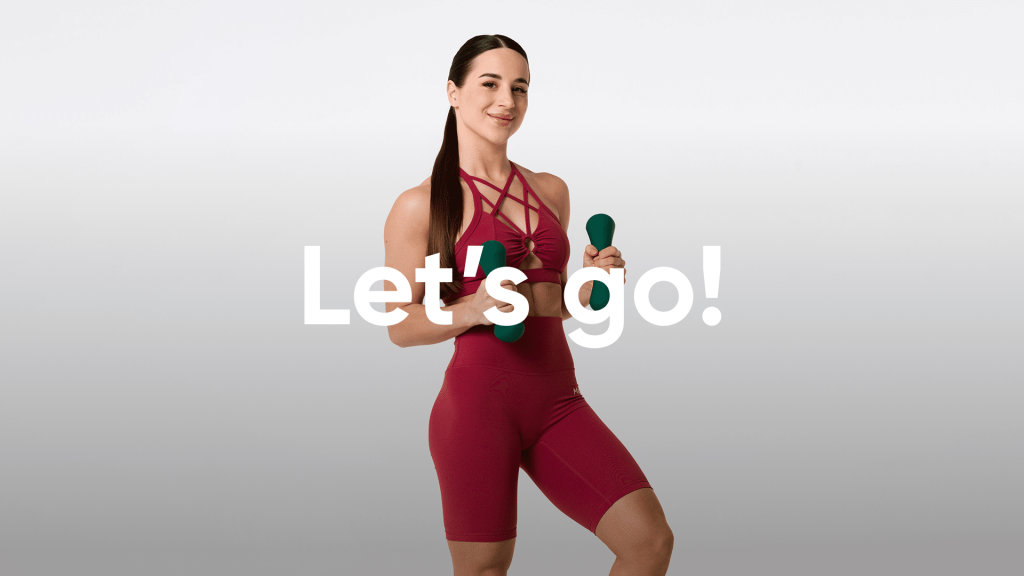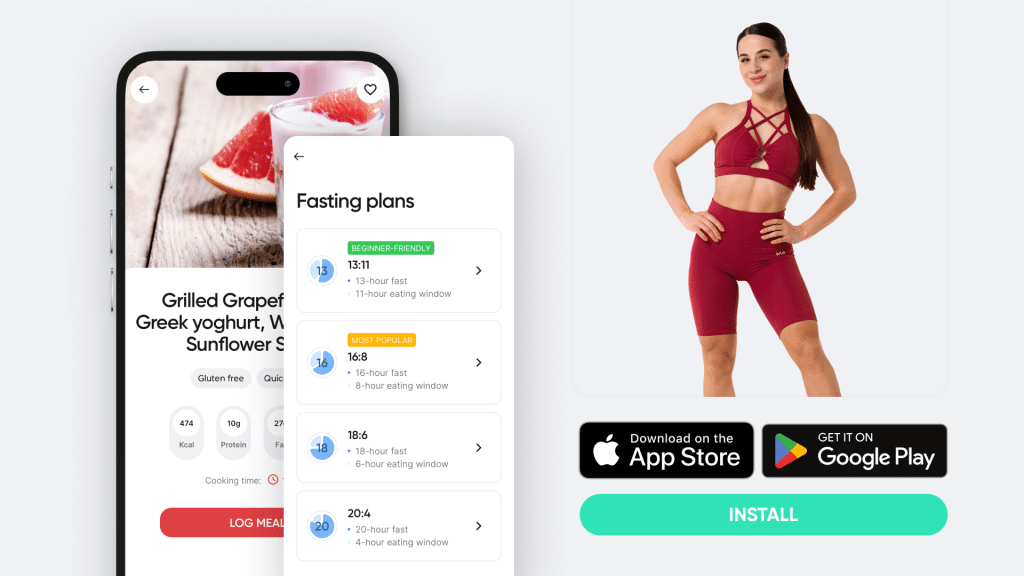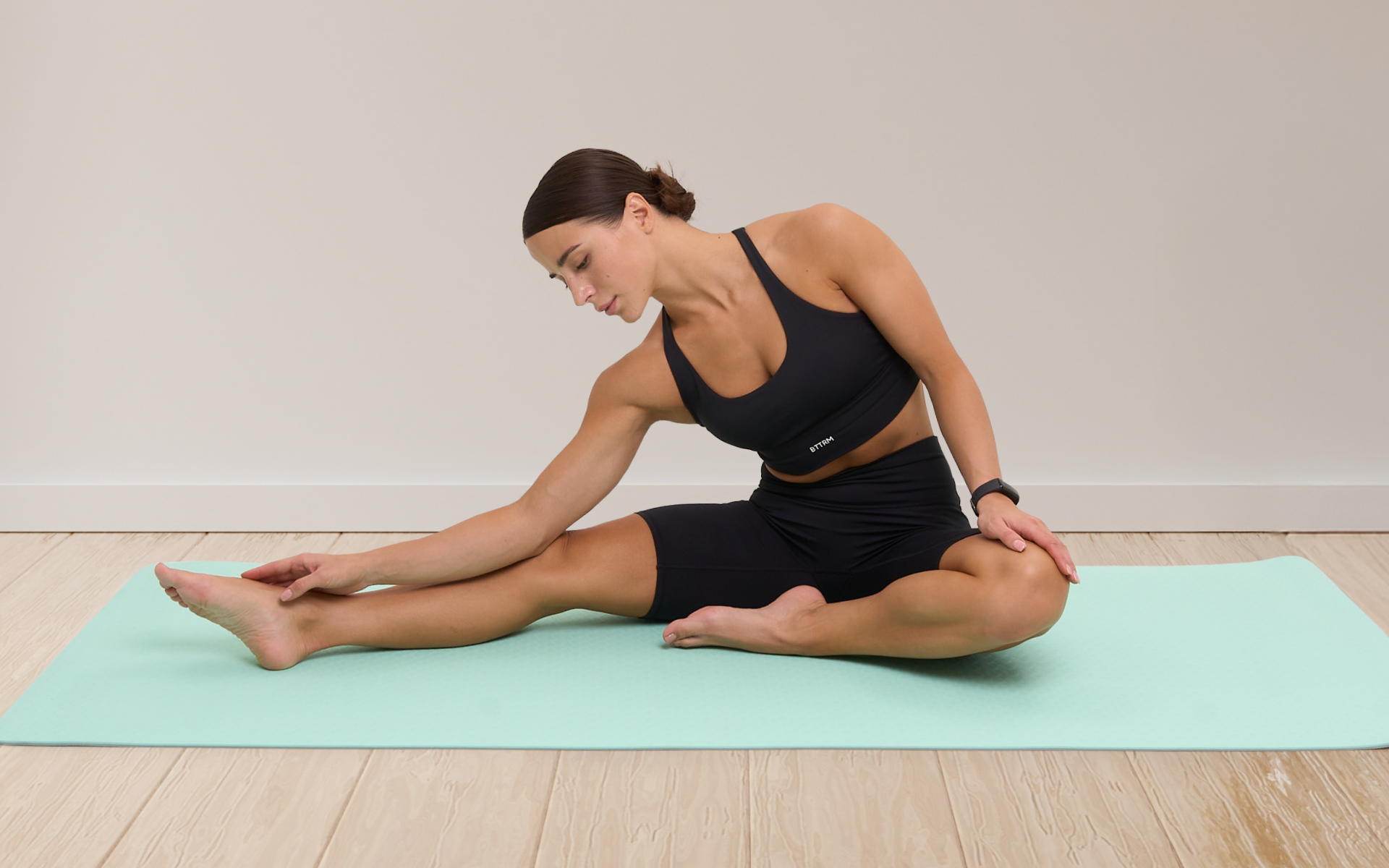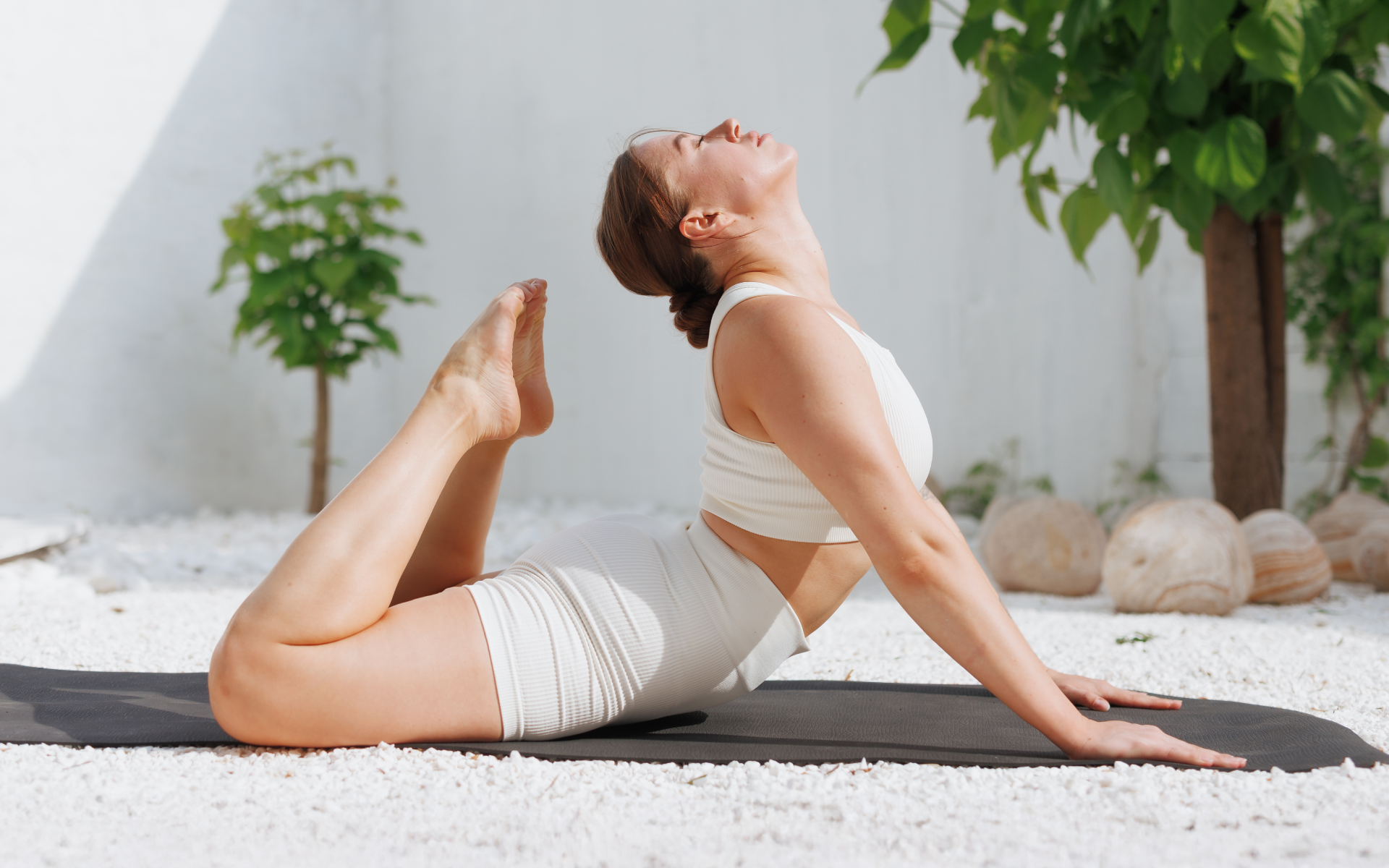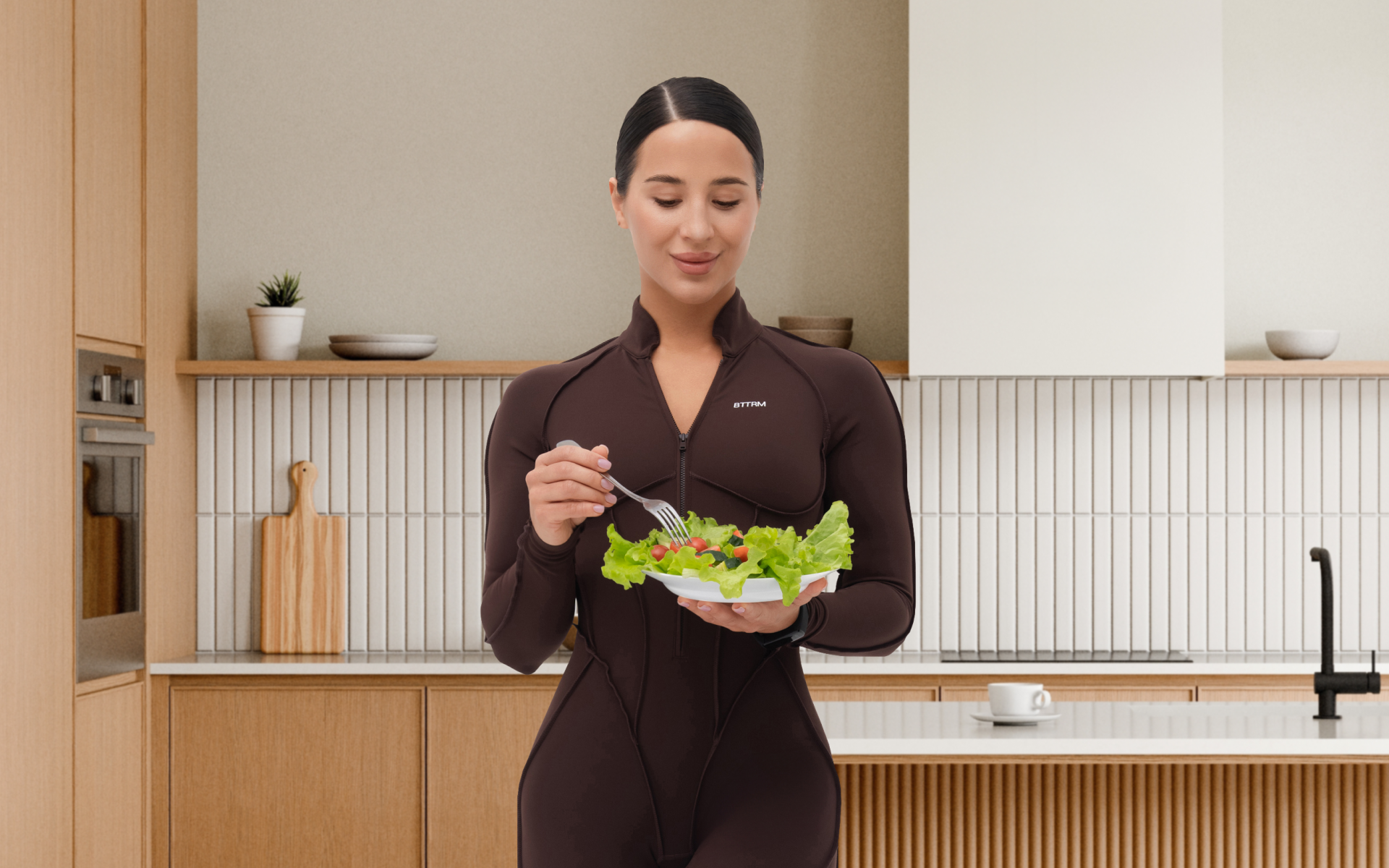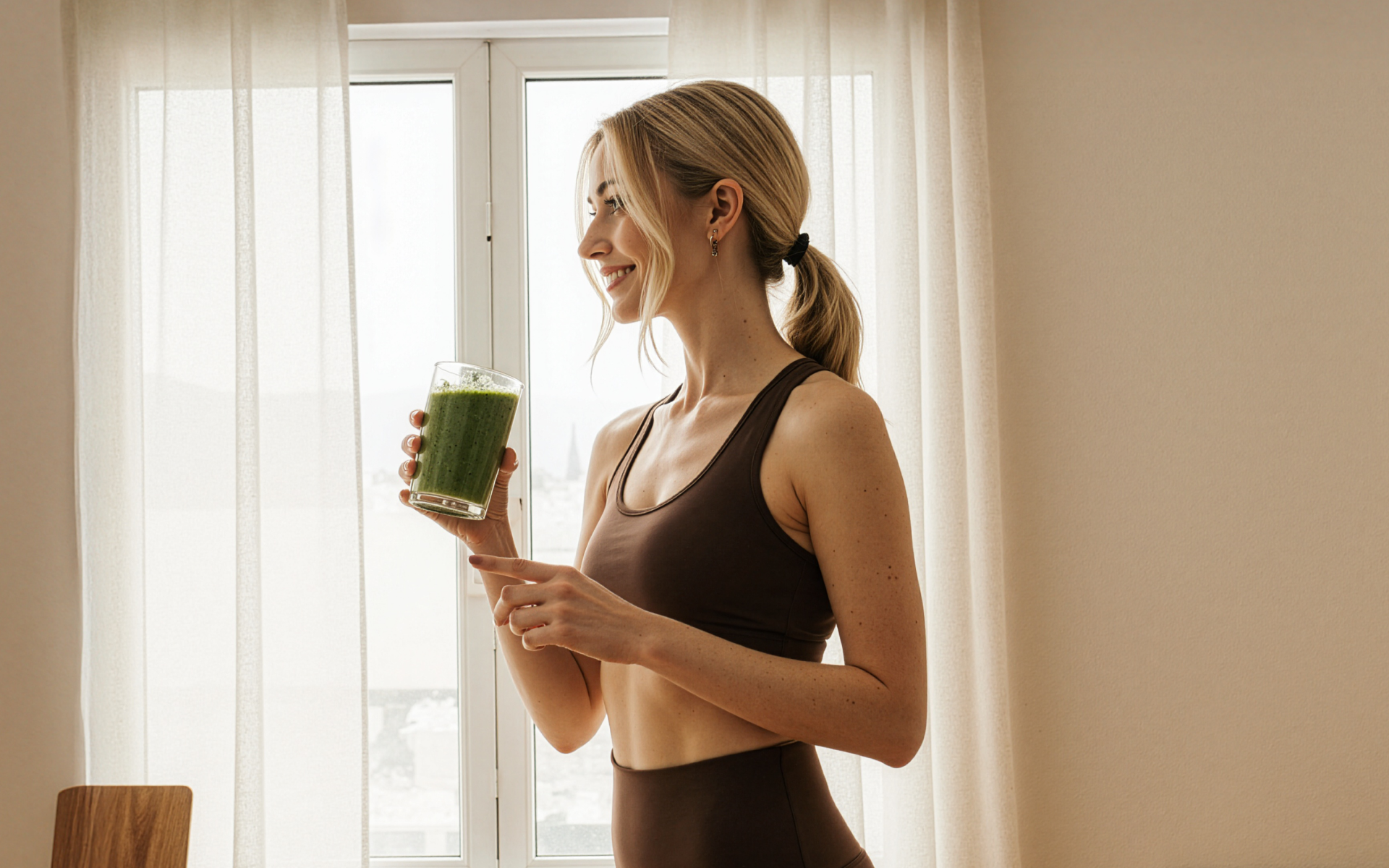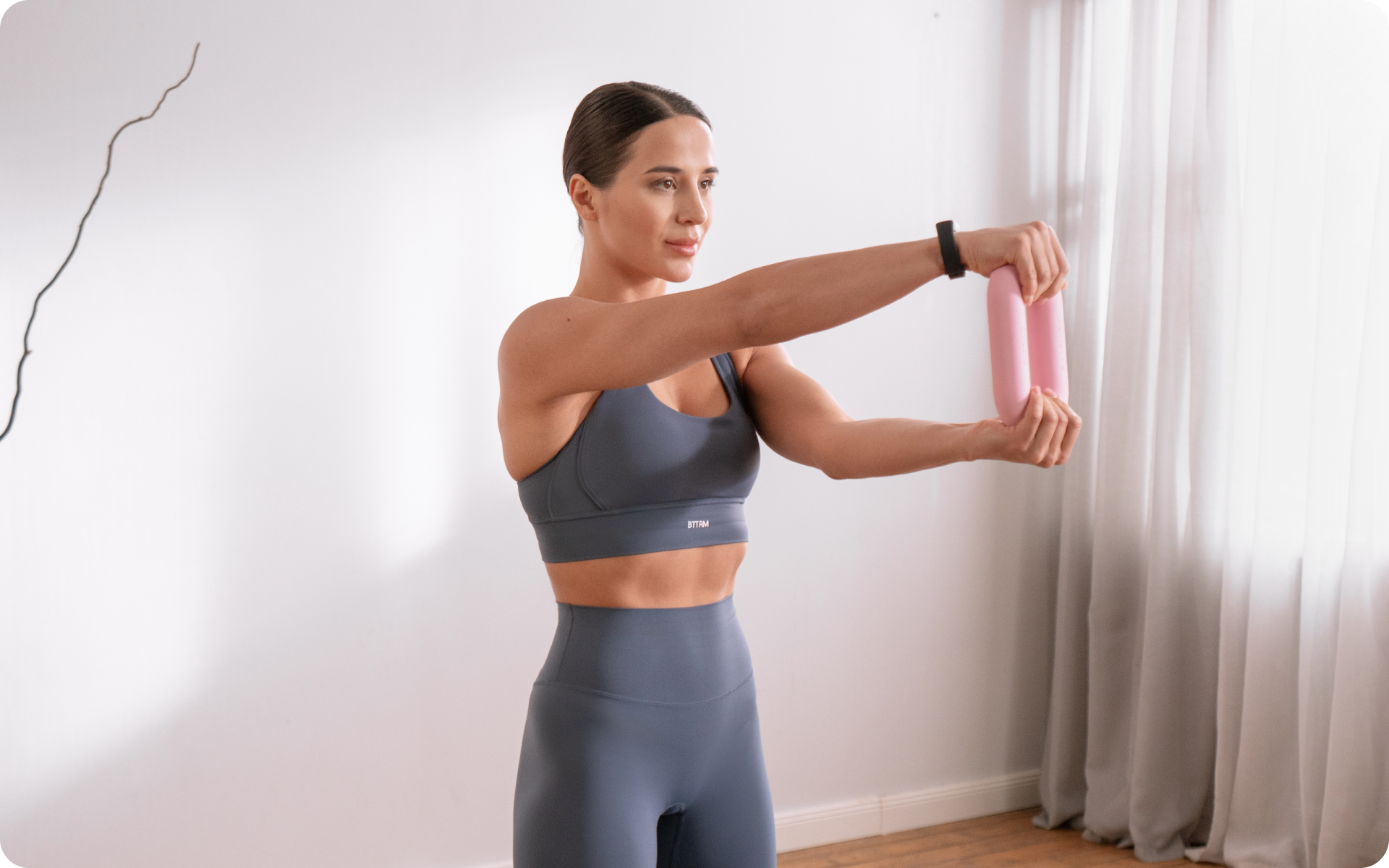Are you searching for the best way to trim those calories? The Internet can load you with too much information making you confused, instead of shedding light on certain aspects.
The reality is, losing weight is a tough and personal process for every individual.
That said, there are general ways of losing weight that will work for every person and specific, even faster, and more effective ways that may be good for some of us but harmful for the rest.
Intermittent fasting entered the limelight some time ago. A 24-hour fast is one of its challenging types that requires practice, stamina, and patience. Plus, there is some research demonstrating the positive effects of 24-hour fasting on body weight and general health. But is 24-hour fasting truly beneficial for you and how much weight can you lose in a 24-hour fast?
Today, in the following article you’re about to uncover the 24-hour fast benefits and their potential risks.
Will a 24-hour fast burn fat?
Before answering this question, let’s disclose the notion of a 24-hour fast. A 24-hour fast, also known as an Eat-Stop-Eat diet involves eating no food for 24 hours at a time (11). Some people opt not to eat from breakfast to breakfast or from lunch to lunch. The main task here is not to refrain from any type of food for 24 hours.
Still, this doesn’t mean you can’t consume anything during this period. Of course, you can drink water, black coffee, tea, and other calorie-free beverages.
After the fasting period, you should return to regular eating patterns. In fact, this is one of the toughest intermittent fastings for both men and women, and beginners might find it too challenging at the beginning.
Plus, not eating for one day per week may seem not as intimidating as abstaining from food for 24 hours twice or thrice per week. But about that later.
One of the 24-hour fast once-a-week benefits lies in its ability to support weight loss.
The study (4) shows that after fasting for around 24 hours your body uses most of its glycogen stores. Glycogen is the storage form of sugar, which is your body’s main source of energy. When you use stored glycogen, your body starts burning fat for fuel.
The review (1) in 2015 found that people who followed a low-calorie diet and engaged in 24-hour fasts up to two times per week for 12 to 24 weeks, reduced body weight by up to 9% compared to control groups.
Still, another review (2) noted that it’s unclear whether this type of fasting leads to a greater weight loss compared to a calorie deficit.
Read More: Fasting Detox: Foods And Drinks To Detoxify Your Body Safely
How much weight can I lose in a day of fasting?
The number of calories burned fasting for 24 hours depends on the body size. Plus, it’s essential to note that a person loses a significant amount of water weight during this one day. 24-hour water fast weight loss results in losing around one-half to three pounds a day. Therefore, the next day returning to a normal feeding schedule can increase your weight as you regain body water.
However, studies (10) show that short-term fasting helped individuals lose around 2% of their initial body weight after three weeks of fasting.
What are the benefits of 24-hour fasting once a week?
You’ve already realized the effects of 24-hour fasting on your weight. Let’s analyze other benefits of 24-hour fasting once a week.
- You may support metabolic health.
- You may support insulin resistance scores.
- You may promote heart health.
- You may improve the cognitive functions of your brain.
- You may promote gut health.
You may support metabolic health
As you know, metabolic syndrome includes elevated blood sugar levels and blood pressure levels which increase the risk of heart disease. A new study (6) in 2021 found that people who performed water-only 24-hour fasts twice weekly for four weeks and then once weekly for 22 weeks significantly reduced their Metabolic Syndrome Score (MSS).
You may support insulin resistance scores
Insulin is a crucial hormone that helps your body turn food into energy and control blood sugar levels. Pancreas produces insulin to help your body use sugar for energy. When a person is resistant to insulin there can be an increase in the risk of health conditions, like Type 2 diabetes or liver disease.
The 2021 study (7) found that participants sticking to the 24-hour fasting protocol experienced a 32.5% improvement in insulin resistance scores, while the control group experienced a 3.7% improvement.
You may promote heart health
One study (7) demonstrates that fasting may positively impact several cardiovascular diseases and risk factors, including obesity, diabetes, hypertension, and dyslipidemia, coronary artery disease. Fasting might also help lower the risk of heart disease.
You may improve the cognitive functions of your brain
Intermittent fasting is regarded to promote cognitive functioning of the brain in both animals and humans. It could help prevent the long-term health of their brains, as well as prevent Alzheimer’s, Parkinson’s, and other diseases later in life (5).
You may promote gut health
Your gut health is vital as the GI tract is the place where you digest your food and assimilate your nutrients. A 24-fast can lead to beneficial bacteria in your gut microbiome. Additionally, fasting allows the gut and digestive system to rest from the constant process of food digestion (3).
BetterMe App helps you achieve your body goals with ease and efficiency by helping to choose proper meal plans and effective workouts. Start using our app and you will see good results in a short time.
How much water weight can you lose in 24 hours?
During a 24-hour fast you don’t consume any food, which speeds up the process of losing weight. But the weight lost is mostly your water weight. A person may lose as much as five pounds of water in a day.
By increasing water intake, especially during 24-hour fasting, you’re more likely to lose more water weight. Drinking more than eight glasses of water per day is necessary for your intermittent 24-hour fasting.
Men should consume approximately 12 glasses of water while women – 11 glasses per day. Of course this entirely depends on the person’s body weight. Water is your source of energy at this point as you don’t obtain energy from food on the fasting day.
How often should you do a 24-hour fast?
Fast results seem alluring but safety must be your priority if you don’t want to harm yourself. Studies show that 24-hour fasting regimens with one to two 24-hour fasts per week for up to six months are safe and do not put you at risk of significant side effects.
But it is still not a healthy lifetime method to maintain a healthy weight. Going too long without eating may eventually encourage your body to store more fat in response to starvation (8).
Sometimes people get too encouraged to trim fat quickly and go for 24-hour fasting three or even four times a week.
24-hour fasting 3 days a week results in losing more pounds but simultaneously you may end up with negative consequences that will impact your overall well-being.
Doing a 24-hour fast every day is also not a good option as you deprive yourself of the necessary nutrients you can receive from eating healthy food.
Overall, the best solution here would be to abstain from food the whole day once or twice per week.
Please note that it’s better to contact your healthcare provider before trying out any type of fasting to ensure it will be safe for you.
What is the best intermittent fasting for beginners?
Starting at 24hrs, or longer fasts may not be a good idea if you’re a beginner. First, you will feel dizzy and exhausted. Plus, your body will be shocked to not receive food for one day or longer. A better way, gradually move to more challenging fasting types.
If you’re a beginner, you should focus on less severe types of intermittent fasting. A 12-hour intermittent fasting would be the best solution for you.
The rule for this fasting is simple: you daily don’t consume for 12 hours and for the rest of the 12 hours indulge in healthy meals.
The easiest way to do a 12-hour fast is to include your sleeping period during fasting. For example, you could fast between 7 PM and 7 AM. You finish your dinner before 7 PM and don’t eat any meal or snack before the next morning at 7 AM.
This is relatively easy as you will sleep most of the time fasting and won’t feel fatigued, dizzy, or ravenous.
Plus, according to some researchers fasting for 10-16 hours may cause the body to turn its fat stores into energy. This could encourage you to lose weight but in a much healthier way.
Read More: What To Eat During Intermittent Fasting: How To Maintain The Benefits Of Your Fast
How to safely do a 24-hour fast?
A 24-hour fast is a challenge for every man and woman. Unfortunately, people love guilty pleasures after they fast to reward themselves for not eating one day. But the truth is, your results depend on many other factors.
Therefore, even if you don’t eat for the whole day but make a few mistakes, you will not only gain weight but end up with other health conditions. A 24-hour fast is no easy feat. That’s why you should bear in mind a few essential rules to reap all the benefits of intermittent fasting.
Here are the 5 main rules for doing a 24-hour fast safely:
- Stay hydrated
- Choose a hectic day for your fasting
- Relax and rest
- Eat healthy food
- Increase the taste with lower-calorie spices (11).
Stay hydrated
Yeah, yeah, people gush about the importance of drinking water. However, drinking more water during the fasting period is especially important as you don’t gain it from the daily products. Thus, drink water, herbal tea, and other calorie-free drinks to get enough electrolytes, sodium, and potassium chloride. If you do, you reduce your chances to get dizzy or fatigued for the first few periods of fasting.
Choose a hectic day for your fasting
Remember the last time when you had to complete dozens of errands? Did you think about food a lot during this time? When you’re swamped with many obligations you sometimes automatically can forget to have lunch or dinner. That’s why choosing a hectic day for your fasting is a good idea as being busy allows you to shift your focus on other prominent things. And fasting at the weekend when you have a lot of free time could be a messy choice as your thoughts will be whirling around delectable meals you so badly want to try out.
Relax and rest
Relaxing and resting here means not engaging in any strenuous workout. Instead, opt for something lighter, like yoga or stretching. This won’t squeeze many powers from you and simultaneously shift your focus.
Eat healthy food
The top mistake you could make after your 24-hour fasting day is to indulge in guilty pleasure meals just to reward yourself for not eating for the whole day. This is what people usually do – they are so proud and so grateful that the next day they trek their way to the grocery store, buy chips, order pizzas, and load themselves with sugary sodas because they “deserve it”.
In reality, if you want to lose weight healthily and reap other benefits from a 24-hour fast, you should make healthy dieting choices for the rest of the six or 5 days without fasting. Nutrient-dense food high in fiber, minerals, and vitamins help to keep blood sugar levels steady and prevent nutrient deficiencies.
Besides, indulging in processed, sugary food and beverages may result in regaining the same weight or even adding more pounds to your body weight. Opt for healthy food choices, such as legumes, fruits, and veggies, meats, eggs, fish and seafood, and grains. Avoid alcohol and sugary drinks for your own sake.
Increase the taste with lower-calorie spices
Season your meals with garlic, herbs, spices, or vinegar, which are generally low-calorie, full of flavor, and reduce the feeling of hunger.
If you wish to free yourself from all the extra pounds that have been weighting you down for way too long, start using the BetterMe app and overhaul your entire life!
How much weight can you lose in a 48-hour fast?
A 48-hour fast is a more severe type of intermittent fasting as you abstain from eating for 2 days in a row. A person may experiment with this intermittent fasting type once or twice per month.
The 48-hour fast once or twice per month may reduce your calorie intake to 8.000 calories per month. Now let’s convert those calories to pounds.
A 2-day fast weight loss equals 8000 calories which is 2.285714 lb.
That said, a person may lose around 2 pounds of weight per month.
Can a 24-hour fast be harmful?
No matter whether it’s the best intermittent fasting for women and men, there are potential risks for individuals who desire to try any type of fasting, especially the 24-hour one. Among the possible pitfalls you may experiment during a 24-hour fast are:
- Potential headaches. The first time of 24-hour fasting may be particularly hard even for people who don’t have headaches often. Nonetheless, this problem gradually disappears the next time. Plus, staying hydrated can give you power for daily activities.
- Bad breath. You will have bad breath despite drinking only water and low-calorie beverages.
- Cravings. Usually, when the day of 24-hour fasting finishes people binge eat adding even more calories to their normal eating regime.
- Dizziness, weakness, fatigue. Not getting vitamins and minerals for one day may be tough as it’s something new to your body. That’s why besides headaches you may feel weak and have a hard time concentrating on anything but food.
FAQs
Why is 16 hours the magic number for fasting?
It’s hard to call 16 hours a magic number for fasting as any type of fasting is not completely safe for certain people. However, not eating for 16 hours will help your body use the stores of fat for energy. Plus, during this time, your body begins to reduce inflammation, boost the immune system, and age healthily.
Is it OK to fast 16 hours every day?
Generally, fasting for 16 hours is relatively safe but only for healthy people. If you’re a beginner, you will still need to start with 12 hours to gradually move to 16. However, it’s important to talk to your doctor if you have any underlying conditions, or have a history of disordered eating, low blood pressure, or take any medications. Also, fasting is frowned upon for pregnant and breastfeeding women, and children.
Does sleeping count as fasting?
Yes, while following intermittent fasting, sleeping counts as a fasting period. That’s why beginners choose 12-hour fasts which mostly consist of sleeping time.
How long does it take for 16:8 intermittent fasting to work?
It depends on your fasting goals and the quality of food you ingest during the non-fasting period. Overall, it takes around 2 to 4 weeks to notice any results from this type of fasting. Therefore, don’t expect quick results, move to your desired goals gradually and stay patient.
What are the benefits of 24-hour fasting once a week?
With 24-hour fasting once a week, you may have better heart health, may support metabolic health, and insulin resistance scores, you may improve the cognitive functions of your brain, and promote gut health.
How much water weight can you lose in 24 hours?
Since you’re mostly losing water weight during a 24-hour fasting period, you may approximately lose up to five pounds of water in a day. Still, it depends on your body weight, the amount of water you’ll be consuming, and the way you spend the fasting day.
The Bottom Line
In this article, you have disclosed all the benefits and potential risks of a 24-hour fast. You have also learned how much weight you can lose in a 24-hour fast.
It is possible to shed calories during a 24-hour fast. Among other benefits, you may reap from this type of intermittent fasting are better heart health, metabolic health, promoted cognitive functions of your brain, improved gut health, and supported insulin resistance scores.
Beginners should start with milder fasting types, like 12-hour fasts. Fasting for 24 hours once or twice a week is relatively safe for a healthy adult. But it may provoke a number of health risks, such as headaches, dizziness, fatigue, bad breath, and more food cravings after the fasting period.
You should contact a healthcare provider before starting any type of fasting to ensure it will be completely safe for you.
DISCLAIMER:
This article is intended for general informational purposes only and does not serve to address individual circumstances. It is not a substitute for professional advice or help and should not be relied on for making any kind of decision-making. Any action taken as a direct or indirect result of the information in this article is entirely at your own risk and is your sole responsibility.
BetterMe, its content staff, and its medical advisors accept no responsibility for inaccuracies, errors, misstatements, inconsistencies, or omissions and specifically disclaim any liability, loss or risk, personal, professional or otherwise, which may be incurred as a consequence, directly or indirectly, of the use and/or application of any content.
You should always seek the advice of your physician or other qualified health provider with any questions you may have regarding a medical condition or your specific situation. Never disregard professional medical advice or delay seeking it because of BetterMe content. If you suspect or think you may have a medical emergency, call your doctor.
SOURCES:
- A randomized pilot study comparing zero-calorie alternate-day fasting to daily caloric restriction in adults with obesity (2016, ncbi.nlm.nih.gov)
- Alternate-day fasting in nonobese subjects: effects on body weight, body composition, and energy metabolism (2005, ncbi.nlm.nih.gov)
- Beneficial Gut Microbiome Remodeled During Intermittent Fasting in Humans (2021, ncbi.nlm.nih.gov)
- Effects of intermittent fasting on body composition and clinical health markers in humans (2015, ncbi.nlm.nih.gov)
- Intermittent fasting and cognitive performance – Targeting BDNF as potential strategy to optimise brain health (2022, sciencedirect.com)
- Intermittent Fasting: A Heart Healthy Dietary Pattern? (2020, ncbi.nlm.nih.gov)
- Intermittent fasting: the science of going without (2013, ncbi.nlm.nih.gov)
- Intermittent Fasting: What is it, and how does it work? (hopkinsmedicine.org)
- Physiology, Fasting (2022, ncbi.nlm.nih.gov)
- Randomized controlled trial of once-per-week intermittent fasting for health improvement: the WONDERFUL trial (2021, ncbi.nlm.nih.gov)
- Six ways to do intermittent fasting (2023, medicalnewstoday.com)


